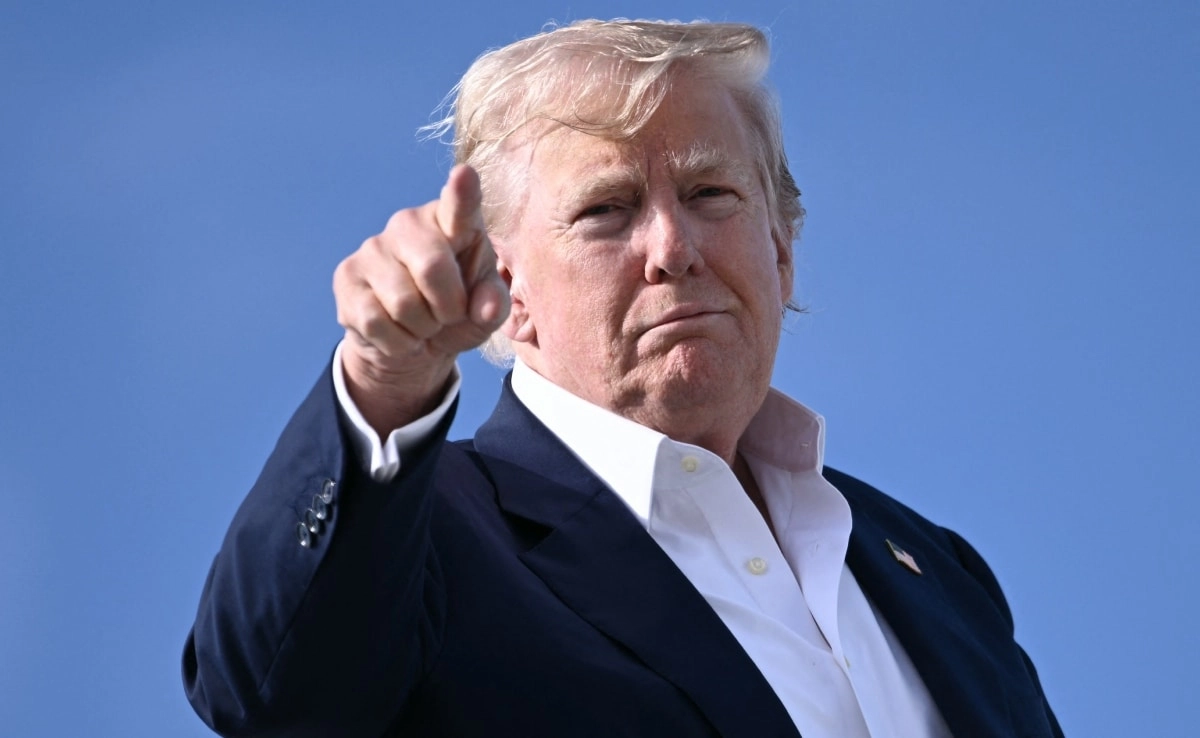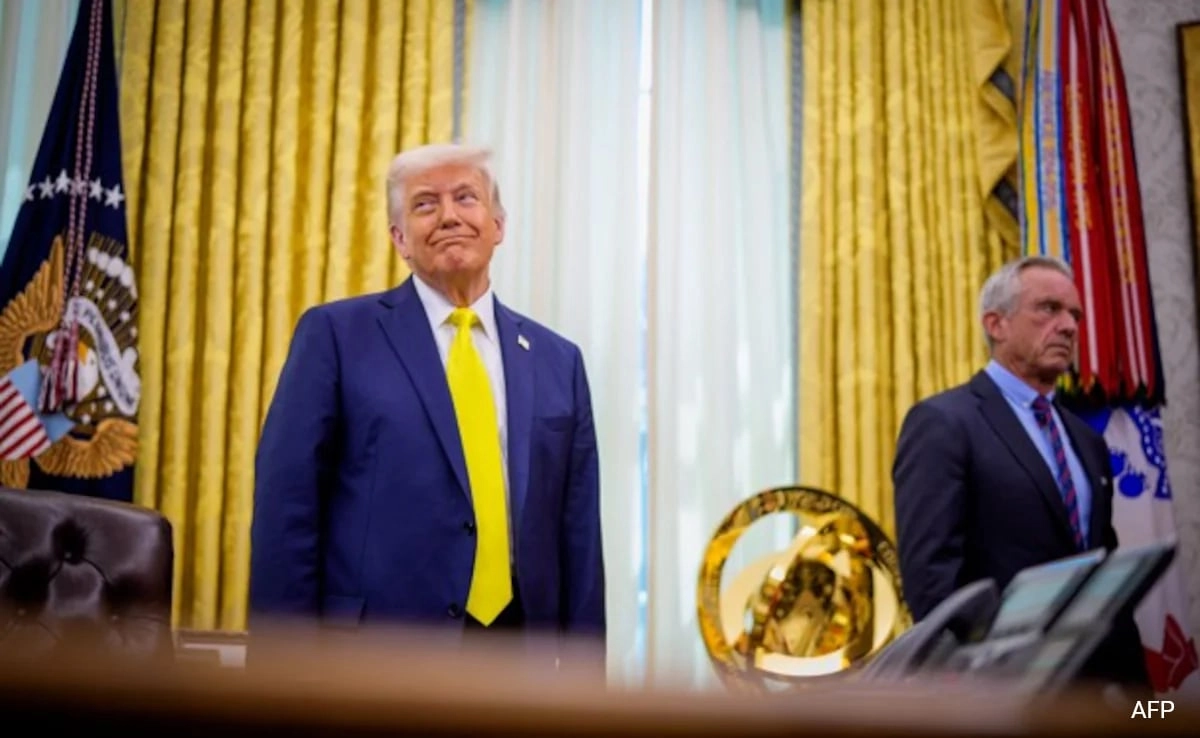In a significant move that has sent ripples through global economic markets, former President Donald Trump has announced a 25% tariff on goods imported from India. This decision, which comes amid ongoing trade tensions, is accompanied by a penalty targeting specific sectors that are believed to be contributing to perceived unfair trade practices. Trump’s administration has long criticized India for its trade policies, asserting that they disadvantage American businesses and workers. The announcement has sparked concern among businesses and economists, who fear that such a tariff could escalate into a full-blown trade war, affecting not only the U.S. and India but also the broader global economy.
The implications of this tariff are vast, impacting various industries, from technology to agriculture. American companies that rely on Indian imports may face increased costs, which could lead to higher prices for consumers. In addition, Indian exporters are likely to be affected, potentially resulting in job losses in sectors that depend heavily on U.S. markets. The announcement has led to swift reactions from both Indian officials and business leaders, who are bracing for the potential fallout. India’s government may seek to retaliate, creating a cycle of tit-for-tat tariffs that could further strain diplomatic relations between the two nations.
Critics of Trump’s tariff strategy argue that such measures are short-sighted and could hinder economic recovery efforts in the wake of the pandemic. They emphasize the importance of constructive dialogue and trade negotiations rather than punitive tariffs, which could disrupt supply chains and international cooperation. As the global economy continues to grapple with the effects of COVID-19, many experts warn that escalating trade tensions could exacerbate existing challenges, making recovery even more difficult. The situation remains fluid, with businesses and policymakers closely monitoring developments as they unfold in the coming days and weeks.
As the announcement reverberates through the halls of power in both countries, it remains to be seen how this tariff will be implemented and whether any diplomatic efforts will be made to address the underlying issues. The potential for retaliatory measures from India could lead to a complicated and contentious trade landscape. In this context, the stakes are high, and the decisions made by both governments will have lasting implications on their economies and bilateral relations. As the situation develops, stakeholders in various sectors are urged to prepare for a range of outcomes as the U.S.-India trade relationship enters a new and uncertain phase.




